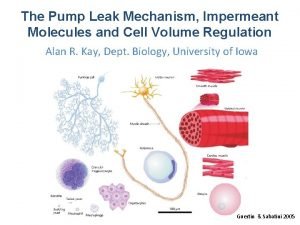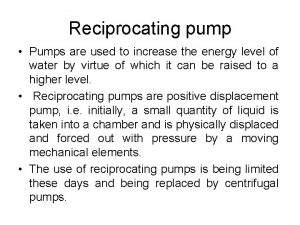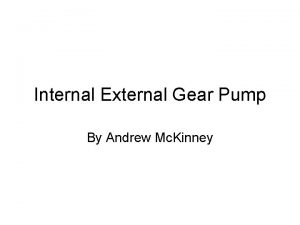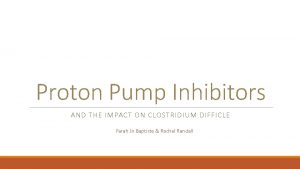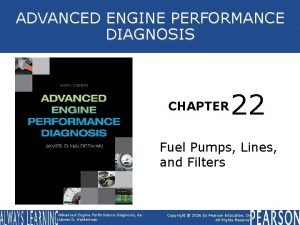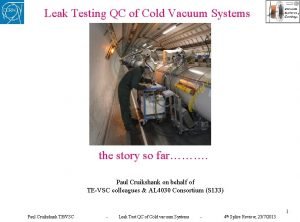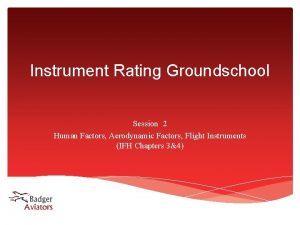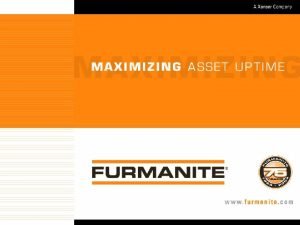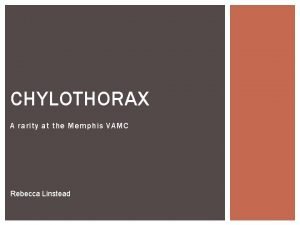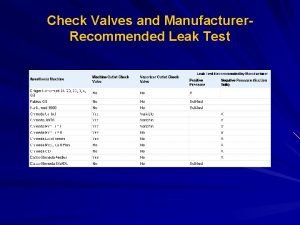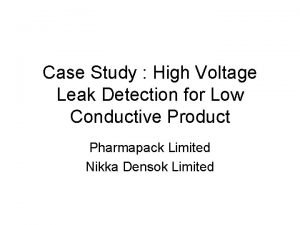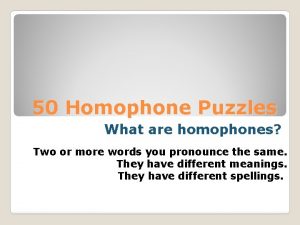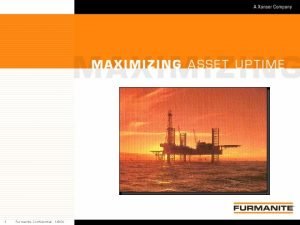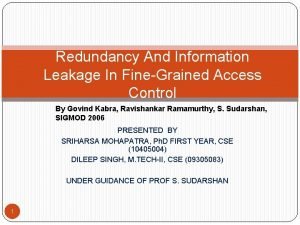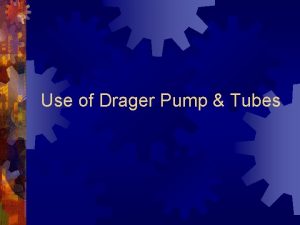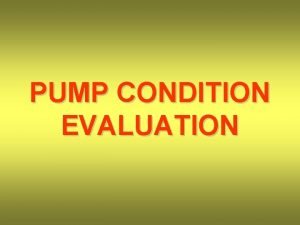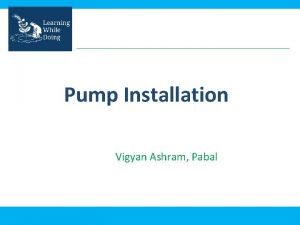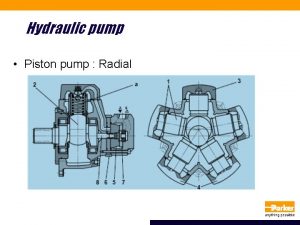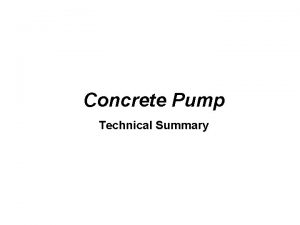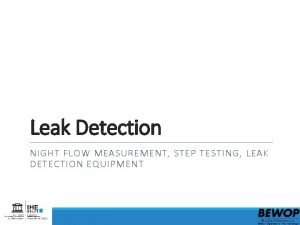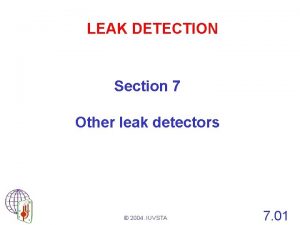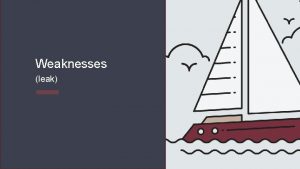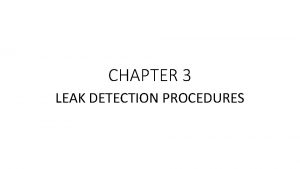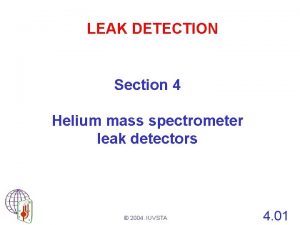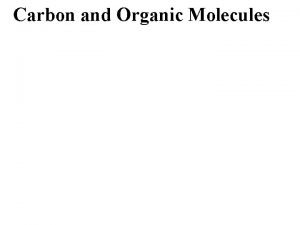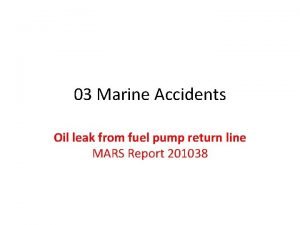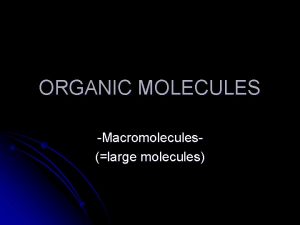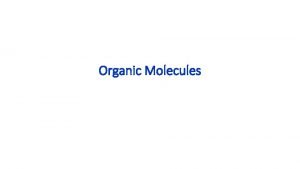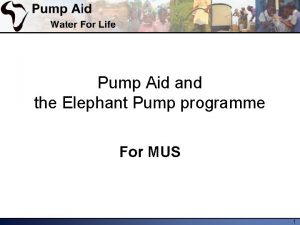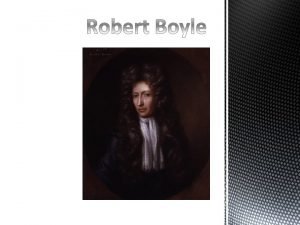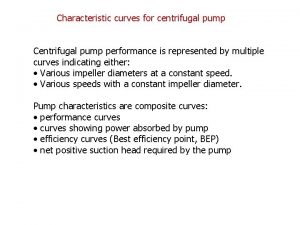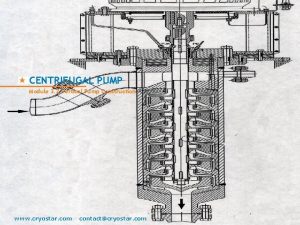The Pump Leak Mechanism Impermeant Molecules and Cell






































- Slides: 38

The Pump Leak Mechanism, Impermeant Molecules and Cell Volume Regulation Alan R. Kay, Dept. Biology, University of Iowa Guertin & Sabatini 2005

• • • Donnan effect & osmotic challenge to cells Ion distribution and the Na+/K+ ATPase (NKA) Modeling ion and water fluxes Toy models – Double-Donnan & Post-Jolly The Pump-Leak Mechanism (PLM) Volume changes & Aquaporin Can impermeant molecules drive ion asymmetries? How do cells determine their size? Paring down models Appeal for new tools

The osmotic challenge to cells • Build a box • Bail water • Pump ions

Ion Distributions in Cells Out In Carl Schmidt 1850 4

The Na+ Pump & Resting Potential -60 m. V Na+/K+ ATPase (NKA)

The Donnan Effect

“There is no mysterious ‘energy-pump’ at work, ‘pumping’ the potassium ions against a concentration gradient. The situation is simply …”

z X • in Skeletal Muscle (m. M): 2 PO 4, 9 Mg. ATP, 34 Phosphorylcreatine, 13 creatine, 24 free amino acids, 18 taurine, 15 anserine & carnosine, 5 urea & 3 lactate Burton RF, 1983

Double Donnan Assume that the membrane is not permeable to Na+ X K Cl 144 125 6 145 150 5 146 187. 5 4 B V (m. V) 25 0 -37. 5 -82. 7 -87. 4 -93. 1 Nao, Ko & Clo = 145, 5 & 150 m. M

Post-Jolly Mechanism s M H 2 O M M H 2 O Post & Jolly 1957

The Pump-Leak Mechanism (PLM) Tosteson DC & Hoffman JF Regulation of Cell Volume by Active Cation Transport in High & Low Potassium Sheep Red Blood Cells. J Gen Physiol, 44: 169 -194, 1960

The Constraint Equation • Membranes can only sustain very small transmembrane pressures • Osmotic Balance: • Ionic Balance: Boyle & Conway, J. Physiol. 1941

The Constraint Equation Kay 2017

The Pump Leak Equations Keener & Sneyd - Mathematical Physiology vol 1

Keener & Sneyd - Mathematical Physiology vol 1

Charge Difference vs Current Sum Methods of Integration Fraser & Huang J Physiol 2004

Kay 2017

Kay 2017

Kay 2017

Linear vs non-linear NKA

Kay 2017

z=0. 5 z=-1 z=-2

Active K+ transport is not essential Kay 2017

Energetics of running the PLM Kay 2017

Kay 2017

Aquaporin

Active Water Transport

PLM can drive transient activity-dependent volume increases

Other Mechanisms for Maintaining Volume Stability Xz H+ H+ Na+ K+ K+ Cl- H 2 O Kay 2017


Neither extracellular nor intracellular impermeants can drive Cl- out of equilibrium

A Cl- binding protein cannot drive Cl- out of equilibrium

Science 2015

How is cell volume controlled? • Unlikely to be through estimation of x • Suggest that cells ‘sense’ membrane area or volume and adjusts x to control size

What Depth of Representation is Needed? Takeuchi A et al. J Gen Physiol 2006; 128: 495 -507

In Out

147 m. M Na+ , 3 m. M K+ 100 m. M Na+ , 50 m. M K+

Acknowledgments • Joseph Raimondo & Kira Düsterwald (UCT) • Yoichiro Mori
 Pump leak model
Pump leak model Organic molecules vs inorganic molecules
Organic molecules vs inorganic molecules Site:slidetodoc.com
Site:slidetodoc.com Difference between internal and external gear pump
Difference between internal and external gear pump Screw pump vs gear pump
Screw pump vs gear pump Proton pump inhibitors mechanism of action
Proton pump inhibitors mechanism of action Roller cell fuel pump
Roller cell fuel pump Cell phone gas pump
Cell phone gas pump Dangling pointer definition
Dangling pointer definition Advantages and disadvantages of diaphragm cell process
Advantages and disadvantages of diaphragm cell process Prokaryotic
Prokaryotic Animal cell and plant cell venn diagram
Animal cell and plant cell venn diagram Plant cell structure
Plant cell structure Smooth endoplasmic reticulum function simple
Smooth endoplasmic reticulum function simple Primary voltaic cell
Primary voltaic cell Difference between bacteria and plant cell
Difference between bacteria and plant cell Section 10-2 cell division
Section 10-2 cell division Prokaryotic cell and eukaryotic cell
Prokaryotic cell and eukaryotic cell Chapter 4 cell theory and cell study
Chapter 4 cell theory and cell study Idealized plant cell
Idealized plant cell Walker cell and hadley cell
Walker cell and hadley cell Cell cycle and cell division
Cell cycle and cell division Plant and animal cells venn diagram
Plant and animal cells venn diagram Cell cycle phases in order
Cell cycle phases in order Voltaic vs electrolytic cell
Voltaic vs electrolytic cell What is the gooey liquid in plant and animal cells
What is the gooey liquid in plant and animal cells Variable leak valve vacuum
Variable leak valve vacuum Pendulous vanes attitude indicator
Pendulous vanes attitude indicator Leak qc of
Leak qc of Somatogravic illusion
Somatogravic illusion Furmanite leak sealing
Furmanite leak sealing Thoracic duct
Thoracic duct Chest tube landmarks
Chest tube landmarks Negative pressure leak test anesthesia machine
Negative pressure leak test anesthesia machine High voltage leak detection principle
High voltage leak detection principle Homophone of seller
Homophone of seller Furmanite sealing compound
Furmanite sealing compound Sgt. gaedeke
Sgt. gaedeke Umeko leak
Umeko leak
